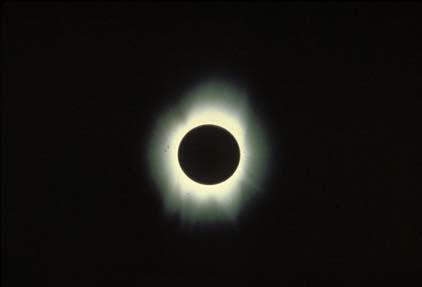1973 Total Eclipse
Loiengalani, Lake Turkana, Kenya – June 30, 1973
Image Galleries
1973 eclipse expedition to Kenya
1970 reconnoitering trip to the Sahara in preparation for the eclipse
For the 1973 total solar eclipse in Africa, I (JMP) went with the National Science Foundation team to Kenya, leaving Menzel with the EEI (Educational Expeditions International) team and National Geographic support, and our student Don Cooke ’75, to Mauritania:
From Anne Wheat, Menzel’s granddaughter:
I was 15.
It’s fun hearing him counting in this African ’73 Eclipse video on YouTube.
https://youtu.be/Z6JfBAALRQQ (it has 2 parts)
I was also in Costa Rica!
He told us lots of imaginary stories when we were little about the future, computers, and pushing buttons! He would have loved the technology we have today!
Also, Google “Concorde 1973 eclipse” for YouTube videos of that flight for 74 minutes of totality
http://xjubier.free.fr/en/site_pages/solar_eclipses/TSE_19730630_Concorde001.html
See also:
Pierre Léna with his lastest book on the Concorde 001 during the Paris Book Fair 2014
(book reference: Concorde 001 et l’ombre de la Lune)
translation: Racing the Moon’s Shadow with Concorde 001, 2015 – Click here to navigate to the Amazon page
Inspired by Mercer, Robert D. and —– 1969, “Ninety Minutes of Totality!” Sky and Telescope 37, 20-22. About use of an SR-71A airplane for eclipse-observing.
See https://www.youtube.com/watch?v=kDIMMUicviM for the Concorde
Links
Pasachoff article about the 1970 reconnoitering expedition
cover for above
https://www.wsj.com/articles/work-review-foraging-for-the-good-life-11616164706
‘Work’ Review: Foraging for the Good Life
If the inventions of the technological age save us labor, why do we work more than our ancestors?
By Adam Kuper, Wall Street Journal
March 19, 2021 10:38 am ET
(transferred from 16mm film footage shot by Stuart N. Vogel)
Fast-motion video, camera A, Quicktime format, 38 sec.
Fast-motion video, camera B, Quicktime format, 38 sec.Funding
This expedition was supported by the National Science Foundation and the National Geographic Society.
